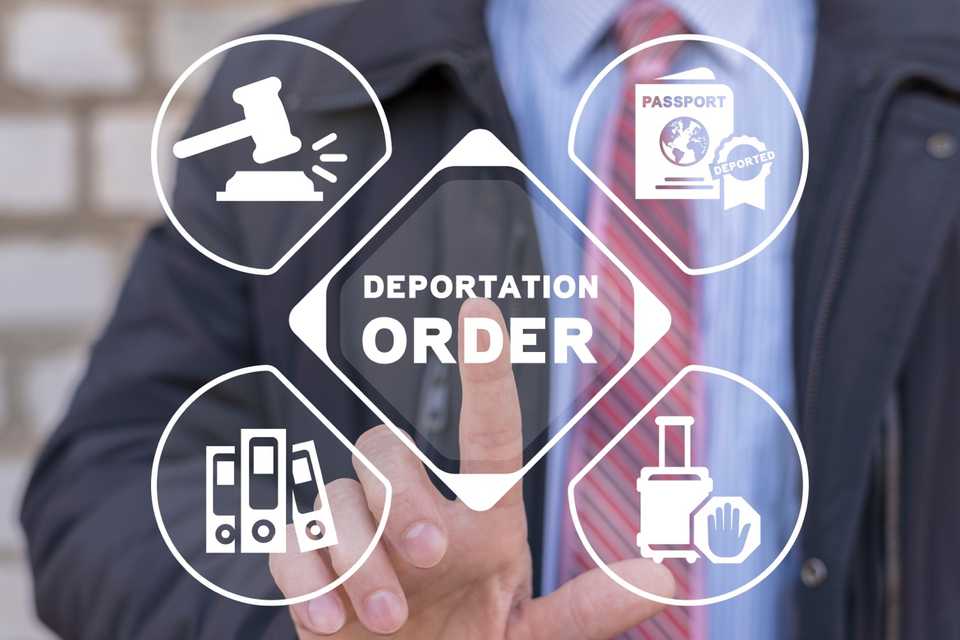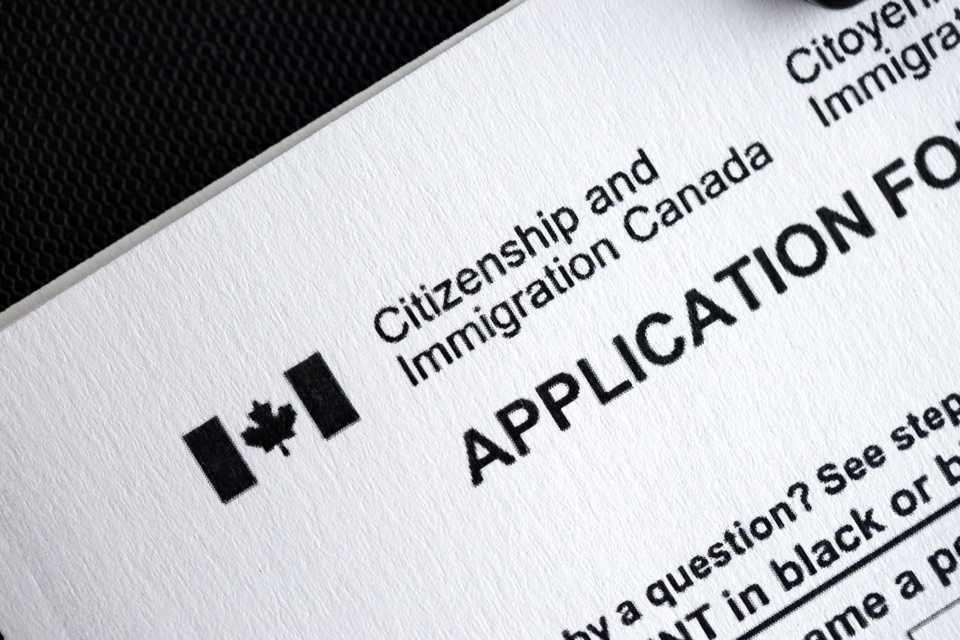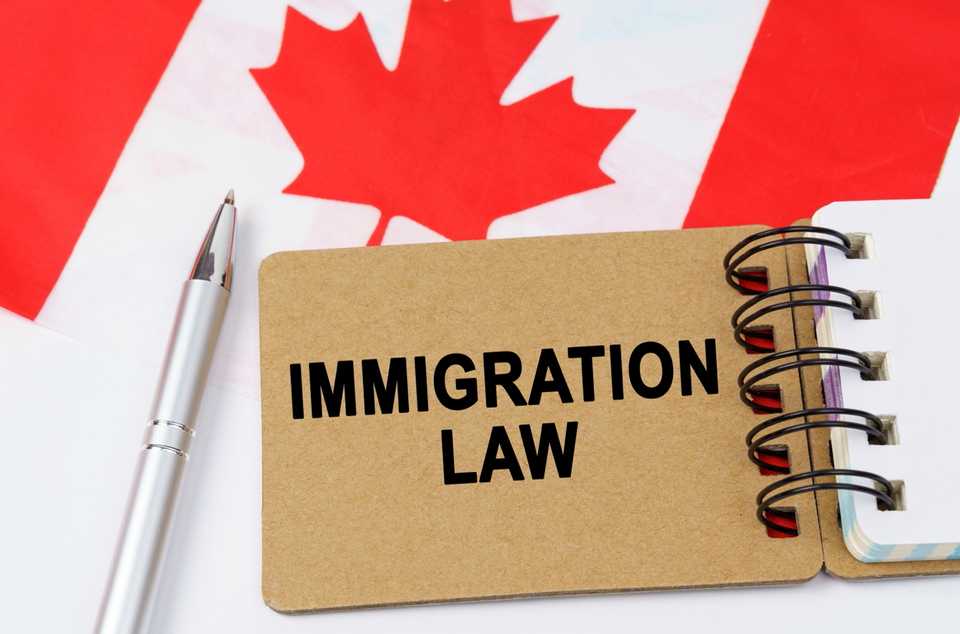Regrettably, someone who came to Canada as a refugee may have to shorten their stay due to an impending removal order. Facing deportation can be highly stressful and unsettling. However, there is recourse available for individuals who could be endangered by leaving Canada.
Those facing removal from Canada have the right to apply for a pre-removal risk assessment (PRRA).

| In this article, JuriGo explains the PRRA application process and highlights the importance of immigration lawyers for those facing removal orders. |
|---|
What is a Pre-Removal Risk Assessment (PRRA)?
The Pre-Removal Risk Assessment (PRRA) is integral to Canada's immigration framework, allowing individuals facing removal orders to demonstrate through evidence that they would be exposed to serious harm if returned to their home countries. This assessment ensures Canada meets its international obligations by preventing individuals from being deported to countries where:
- They face the danger of torture.
- They are at risk of persecution.
- There exists a threat to their life or potential for cruel and unusual treatment or punishment.
What is the importance of the PRRA?
As a matter of fact, the PRRA serves as a vital safeguard to protect individuals from deportation to environments where their fundamental human rights may be violated. It aligns with Canada's commitment to upholding humanitarian principles and providing refuge to those fleeing unsafe conditions in their home countries.
By requiring applicants to present evidence and articulate the specific risks they would confront upon return, the PRRA process ensures that decisions regarding removal orders consider the potential severe consequences for the individual's human rights.
| Pre-Removal Risk Assessment is different from a Humanitarian and Compassionate Considerations application!It's important to mention that a Pre-Removal Risk Assessment (PRRA) is not a Humanitarian and Compassionate (H&C) Considerations application. PRRA and H&C are two different immigration processes in Canada. The PRRA evaluates personal risks an individual faces if deported, such as threats of persecution, torture, or other severe harm. This assessment focuses on personalized risks rather than general adverse country conditions.In contrast, an H&C application seeks exemptions from standard immigration requirements based on humanitarian or compassionate grounds, often tied to an application for permanent residence. This process considers broader factors, such as family ties in Canada and the best interests of children, rather than imminent risks. |
|---|
What are the eligibility criteria for PRRA?
To apply for a Pre-Removal Risk Assessment in Canada, individuals must have an active removal order issued by the Canada Border Services Agency (CBSA). The CBSA assesses eligibility based on specific criteria once the removal process is initiated.
In most cases, a waiting period applies!
Usually, there is a waiting period that needs to be followed before certain actions can be taken. Specifically, a mandatory 12-month waiting period applies under the following circumstances:
- Abandoned or withdrawn refugee claim: If an individual has chosen to abandon or withdraw their refugee claim, they are generally subject to a 12-month waiting period.
- Previous PRRA application refusal: If an individual has had a previous application for PRRA refused, they are also subject to a 12-month waiting period.

However, there are exceptions to this waiting period based on certain conditions. For example:
- Significant changes in country conditions: If there are significant changes in the conditions of the individual's home country that affect their risk upon return, exceptions to the waiting period may apply.
- Specific exemptions: Certain categories of individuals may be exempt from the waiting period based on their circumstances or legal status.
These exceptions and exemptions are designed to address specific situations where the standard waiting period may not be applicable or appropriate.
| IneligibilityCertain individuals are not eligible for PRRA, including those who:Are subject to extradition proceedings.Have been recognized as a Convention refugee in another country where they can safely return.Are already protected persons with refugee status in Canada.Made a refugee claim that was deemed ineligible due to the Safe Third Country Agreement. |
|---|
Applying for PRRA: How to proceed?
To initiate the PRRA process, eligible individuals must first receive a Notification Regarding a Pre-Removal Risk Assessment from the Canada Border Services Agency (CBSA). This notification package includes crucial documents such as the PRRA application form (IMM 5508) and an accompanying instruction guide.
Applicants are required to complete the form and submit their application within specific timelines:
- 15 days if they receive the form in person.
- 22 days if they receive both the forms and the guide by mail.
Applicants will not be removed from Canada during this process unless:
- They inform CBSA that they do not intend to apply for a PRRA.
- They miss the application deadline.
- Their PRRA application is refused.
- They withdraw or abandon their PRRA application.
Step 1: Complete the PRRA application:
To initiate the PRRA process, applicants must accurately and comprehensively fill out the PRRA application form (IMM 5508) within the specified deadline (15 or 22 days). Alongside the application form, applicants are required to provide additional documentation to support their case, such as:
Detailed letter explaining risks: Applicants must include a detailed letter outlining the specific risks they anticipate facing if removed from Canada. This letter serves to provide context and detail to the claims made in the application form.

Supporting documents: Alongside the application form and the detailed letter, applicants should submit supporting documents or evidence that substantiates their claims of risk. These documents may include personal statements, legal documents, medical records, or any other relevant evidence that supports their case.
Step 2: Submit the PRRA application
After completing the PRRA application form, applicants should proceed with submission using one of two primary methods:
- Online submission: Applicants can utilize Canada Post’s epost Connect service for secure electronic submission. This method provides immediate confirmation of receipt, which can expedite processing times and facilitate easier management of application updates.
- Mail submission: Alternatively, applicants can send the completed application to the designated Immigration, Refugees and Citizenship Canada (IRCC) address. It is crucial to ensure correct postage and clearly label the envelope with your name and address. The address for mail submission is:
| IRCC - Humanitarian Migration - Vancouver#300 - 800 Burrard StreetVancouver, BC, V6Z 0B6 |
|---|
Choosing between online and mail submission methods depends on personal preference and considerations such as the speed of confirmation and the ease of updating application details. However, online submission offers immediate confirmation of receipt, ensuring peace of mind and enhancing efficiency in processing and managing updates to the application.
It's important to note that the removal order is paused ("stayed") when submitting the first PRRA application. This means that the deportation process is temporarily stopped while the PRRA application is being reviewed. As a result, the applicant cannot be removed from Canada during this time!
Step 3 : PRRA application evaluation
Upon receiving the PRRA application, Immigration, Refugees and Citizenship Canada (IRCC) undertakes an evaluation based on the evidence provided. The assessment focuses on determining whether the applicant faces credible risks upon their return to their home country, including:
| Assessment criteria | Explanation |
|---|---|
| Risk of persecution | IRCC assesses whether the applicant faces persecution based on grounds protected under international refugee law, such as race, religion, nationality, political opinion, or membership in a particular social group. |
| Risk of torture | Evaluation includes consideration of the risk of torture as defined under international human rights standards, particularly under the Convention Against Torture. |
| Risk to life or cruel treatment | IRCC examines whether there is a risk to the applicant's life or exposure to cruel, inhuman, or degrading treatment or punishment upon return to their home country. |
| Inability to seek protection | The assessment also considers evidence demonstrating that the applicant cannot seek effective protection from authorities in their home country. |

In certain cases, IRCC may schedule a hearing to further assess the PRRA application. This may be necessary to clarify complex aspects of the case or address credibility issues that arise during the initial review. Applicants have the right to be represented by lawyers during their PRRA hearing.
Step 4 : PRRA application decision
After evaluating the application, Immigration, Refugees and Citizenship Canada (IRCC) issues a decision. The outcome can be acceptance, temporary acceptance, or rejection, each carrying significant implications for the applicant's status and their next steps :
| Possible Outcomes | Explanation |
|---|---|
| Acceptance | If the PRRA application is accepted, the applicant is granted protected person status in Canada. Becoming a protected person ensures that the individual has legal protection and can enjoy stability and security in Canada.With protected person status, the individual is eligible to apply for permanent residence, which can lead to becoming a permanent resident of Canada. This offers long-term security and the ability to live and work in Canada indefinitely. |
| Temporary Acceptance | In some cases, the PRRA application may be accepted, but the applicant might not be eligible to become a protected person and therefore cannot apply for permanent residence. This could happen if the applicant is:Inadmissible for serious criminality.At risk if they return to their home country.In these situations, the applicant is allowed to stay in Canada until conditions change or it becomes safe for them to return to their home country. |
| Rejection | If the PRRA application is rejected, the applicant must comply with the removal order and leave Canada. This means that the individual is legally obligated to depart from the country as per the initial removal order.Although the application is rejected, the applicant has the option to seek judicial review from the Federal Court of Canada. This process involves challenging the decision in court. However, unless a temporary stay of removal is granted by the court, the individual must leave Canada while the judicial review is underway. |
Understanding these outcomes and their implications is crucial for applicants as they prepare for the response from the IRCC. Each outcome requires different actions and has different consequences for the applicant's future in Canada.
What is the role of immigration lawyers in the PRRA application process?
Immigration lawyers play a crucial role for individuals facing removal orders who seek to apply for the Pre-Removal Risk Assessment. Here are four reasons why their role is crucial in navigating this complex and critical application process:
Expertise in immigration law
Immigration lawyers possess specialized knowledge and expertise in Canadian immigration law, particularly concerning PRRA applications. They understand the intricacies of eligibility criteria, documentation requirements, and legal precedents that can significantly impact the outcome of an application.
Their expertise ensures that applicants can present a compelling case supported by relevant legal arguments and evidence.
Guidance through the application process
Navigating the PRRA application process can be daunting for individuals without legal training or familiarity with immigration procedures. Immigration lawyers provide invaluable guidance throughout the entire process, from initial eligibility assessment to the submission of the application.

They help applicants gather and organize necessary documentation, prepare detailed narratives outlining the risks they face, and ensure compliance with procedural requirements set by Immigration, Refugees and Citizenship Canada.
Maximizing chances of success
The success of a PRRA application often hinges on the strength of the evidence presented and the persuasiveness of the legal arguments made. Immigration lawyers employ their skills to maximize the applicant's chances of success by:
- Conducting thorough research into country conditions and human rights violations relevant to the applicant's case.
- Crafting persuasive legal submissions that address specific grounds for protection under international refugee law, such as risk of persecution, torture, or cruel and unusual treatment.
- Anticipating and addressing potential challenges or objections that IRCC may raise during the assessment process.
Legal representation
If IRCC schedules a hearing to further assess the PRRA application, an immigration lawyer plays a pivotal role in presenting solid and valid arguments aimed at securing acceptance. Immigration lawyers ensure that all pertinent documentation is meticulously prepared and presented during the hearing.
In cases where a PRRA application is initially refused, immigration lawyers become instrumental in pursuing judicial review before the Federal Court of Canada. This involves carefully scrutinizing IRCC's decision-making process to identify potential legal errors or procedural irregularities.
Additionally, immigration lawyers request a temporary stay of removal from the court, allowing the individual to remain in Canada while the judicial review is ongoing. Immigration lawyers leverage their extensive experience and knowledge to pursue positive outcomes for their clients in challenging circumstances.
JuriGo helps you find an immigration lawyer!
Immigration lawyers are essential for PRRA applicants in Canada facing removal orders. They provide expert guidance and advocacy, ensuring applicants can present compelling cases and seek protection from risks in their home countries.
By navigating complex immigration laws and procedures, lawyers maximize the chances of PRRA success, protecting clients' rights and future in Canada. Their support is crucial for understanding criteria, submitting timely evidence, and confidently navigating the process, ultimately striving for continued residency in Canada despite challenging circumstances.

JuriGo is a simple, fast and free way to find an immigration lawyer in Ontario! All you have to do is fill in our request form and tell us about your situation.
Following your request, we will quickly put you in touch with a lawyer near you. There is no obligation on your part!